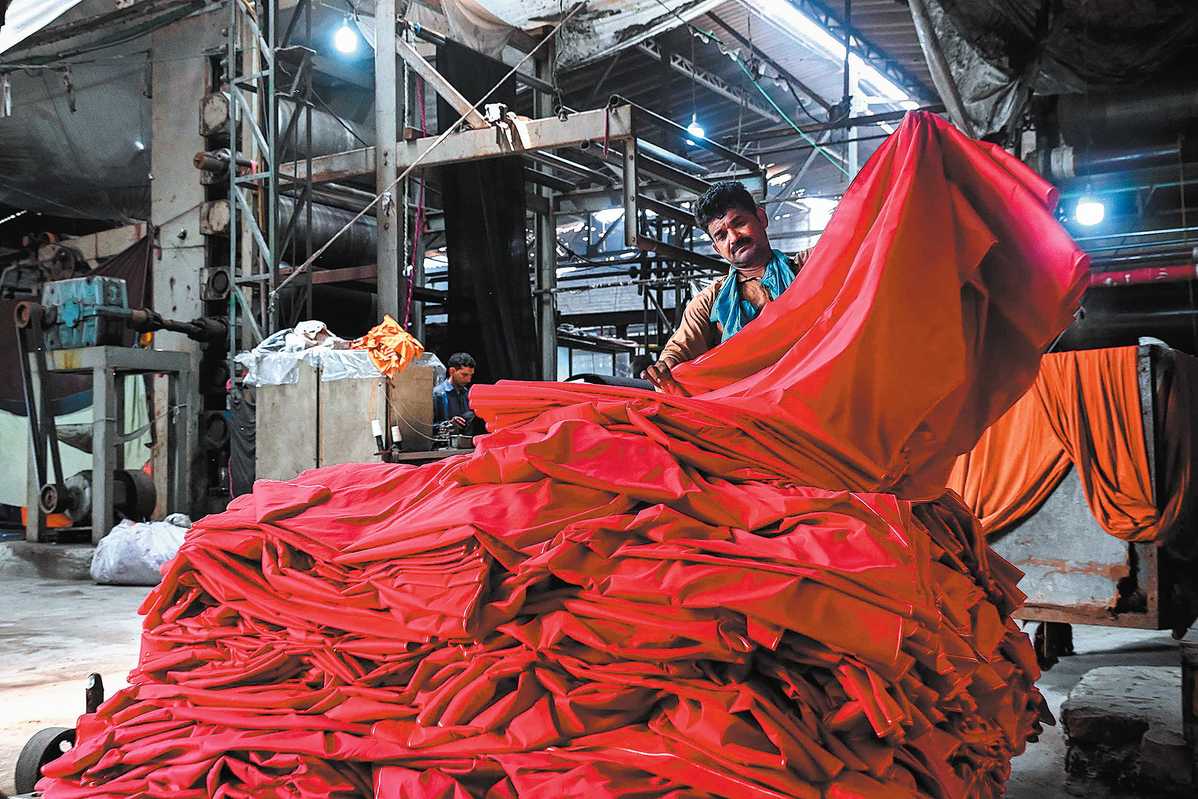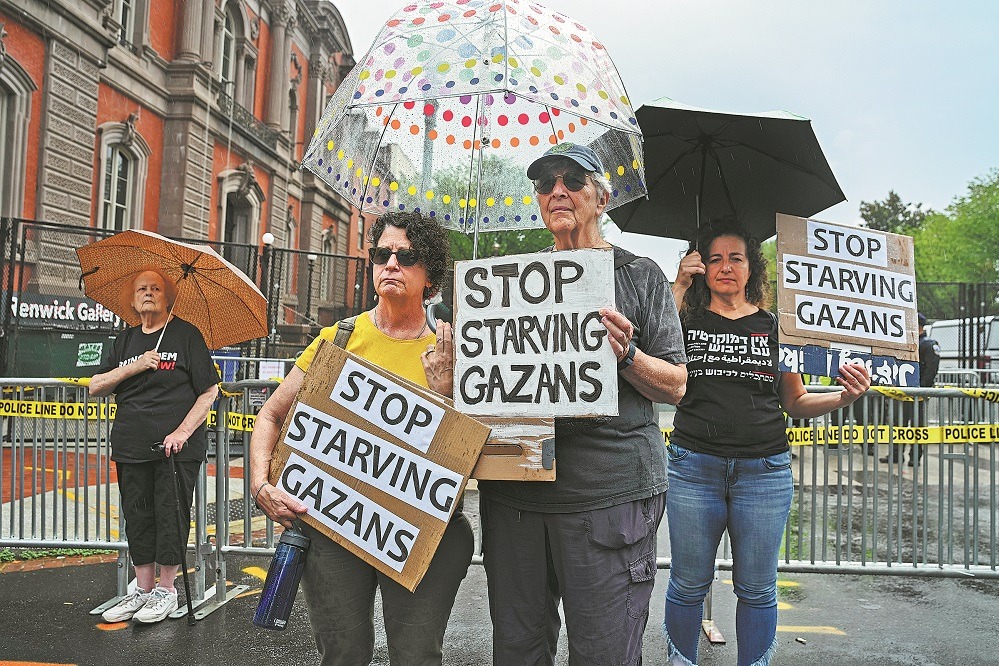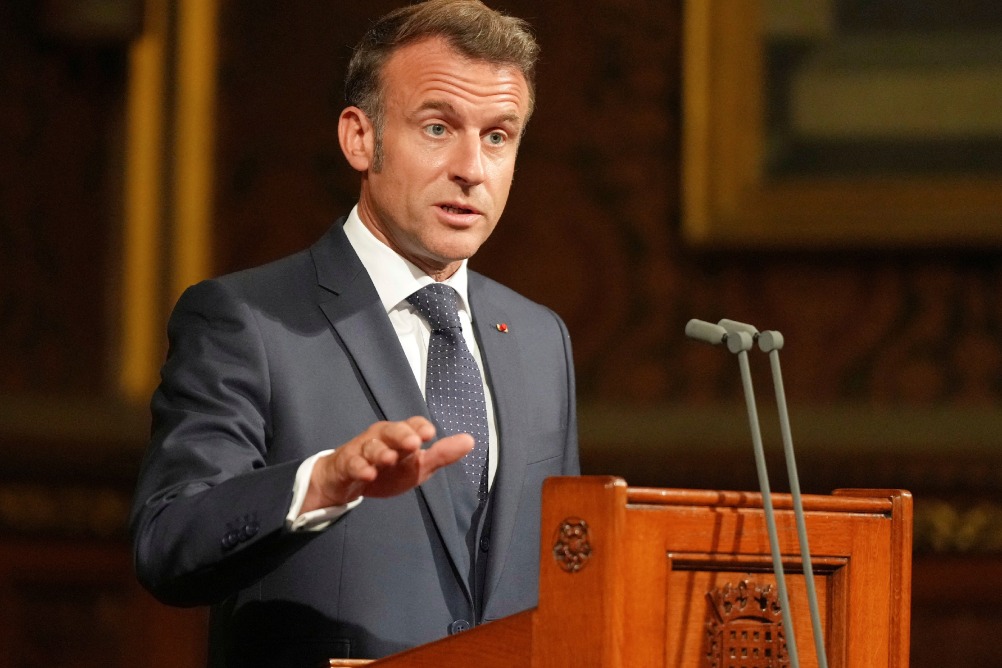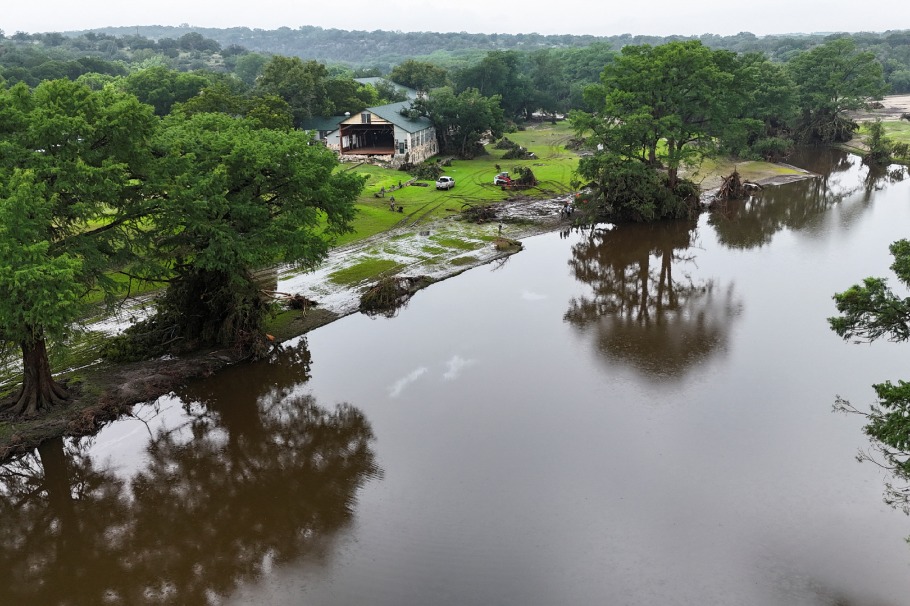Asian economies brace for fresh tariff wave
Amid deadline extension, countries push for negotiations with US as duties deepen uncertainty, threaten exports, jobs


US President Donald Trump's latest tariff threat — proposing levies of up to 40 percent on more than a dozen countries, mostly in Asia — has sparked fresh concerns and deepened economic uncertainty across the region.
Several targeted nations have vowed to continue talks with the United States, viewing the move as a pressure tactic as Trump extended the July 9 deadline for implementing the "reciprocal tariffs" to Aug 1.
In a social media post on Monday, Trump said he had sent letters to the leaders of 14 countries — 10 of them in Asia — informing them that tariffs of 25 to 40 percent would take effect next month. The affected Asian countries are Bangladesh, Cambodia, Indonesia, Japan, Kazakhstan, Laos, Malaysia, Myanmar, South Korea, and Thailand.
Imports from Japan and South Korea will face 25 percent tariffs, according to the letters, which state that the new levies are separate from existing sector-specific tariffs.
Japanese Prime Minister Shigeru Ishiba called the US decision "truly regrettable" and said he would continue negotiations to pursue a mutually beneficial trade deal.
South Korea's Presidential Office said national interests are more important than rushing into talks with the US. The country has just gone through a leadership transition following the impeachment of former president Yoon Suk-yeol over his botched imposition of martial law in December.
Since President Lee Jae-myung took office on June 4, the new government has made all-out efforts to resolve the issue with Washington, said presidential policy chief Kim Yong-beom. However, he said there has not been enough time to reach a deal given the complexity of the matter, Yonhap News Agency reported.
Hafidzi Razali, CEO of the advisory firm Strategic Counsel in Malaysia, told China Daily that despite previous talks with the US, most Asian countries are now facing higher tariffs, which will cut exporters' margins, hurt the region's economy and lead to job losses.
Kazakhstan and Malaysia face a 25 percent tariff, while Indonesia will be hit with 32 percent and Bangladesh with 35 percent. Cambodia and Thailand will be charged 36 percent, and Laos and Myanmar 40 percent on their exports to the US.
In almost identical letters, Trump told the countries' leaders that the proposed rates are "far less than what is needed to eliminate the trade deficit disparity we have with your country".
The letters were issued as foreign ministers of the Association of Southeast Asian Nations gather in Kuala Lumpur for meetings running from Tuesday to Friday.
ASEAN has yet to respond, but Malaysia's Minister of Investment, Trade and Industry Tengku Zafrul Abdul Aziz said the country remains committed to constructive engagement with the US.
Best way forward
"While we understand concerns about trade imbalances, we firmly believe that dialogue and engagement are the best way forward," the minister said, noting the US is Malaysia's second-largest trading partner and top export destination.
He warned that unilateral measures could disrupt business operations, supply chains and investment flows that benefit both countries.
Wan Suhaimie Wan Mohd Saidie, head of economic research at Kenanga Investment Bank in Kuala Lumpur, told China Daily that while Malaysia has not secured a tariff exemption, it enters discussions with solid fundamentals, effective monetary tools and an improving foreign exchange backdrop.
Alicia Garcia-Herrero, chief economist for Asia-Pacific at French investment bank Natixis, said Trump's latest tariff move signals that Japan and South Korea "need to offer more to the US, and eventually, the US will lower their tariffs".
She highlighted that Vietnam has managed to negotiate a substantial tariff reduction.
Last week, Trump said he would reduce tariffs on Vietnamese exports to 20 percent from the previously proposed 46 percent, claiming that Vietnam had agreed to eliminate all tariffs on US goods entering the country.
Japanese investment bank Nomura described Trump's latest tariff announcement as "more hawkish than expected", especially when viewed against the US-Vietnam deal.
"On aggregate, tariffs were similar or higher than those announced on 'Liberation Day' (April 2) for five countries and lower for only three," Nomura analysts wrote in a research paper published on Tuesday.
While "reciprocal tariffs" have been lowered for Bangladesh (to 35 percent from 37 percent), Cambodia (36 percent from 49 percent) and Laos (40 percent from 48 percent), Nomura called the cuts "very marginal". Tariffs remained unchanged for Thailand and Indonesia, while rates for Malaysia and Japan rose by 1 percentage point.
"The higher-than-expected tariffs on Asia will likely encourage policymakers to make some concessions on the more contentious aspects of the trade deal to get across the finish line," the paper said.
Hasan Nasbi, head of Indonesia's Presidential Communications Office, told reporters on Tuesday that a team led by Economic Coordinating Minister Airlangga Hartarto had arrived in Washington to begin tariff negotiations with the US.
Nasbi expressed optimism, citing Indonesia's good relations with the US and other countries.
Thailand is also seeking a lower tariff than the 36 percent rate announced by Trump, based on its offer to eliminate import taxes on most US goods, Finance Minister Pichai Chunhavajira said, adding he was "a bit shocked", Thai daily The Nation reported.
Leonardus Jegho in Jakarta and Yang Han in Hong Kong contributed to this story.
prime@chinadailyapac.com

































